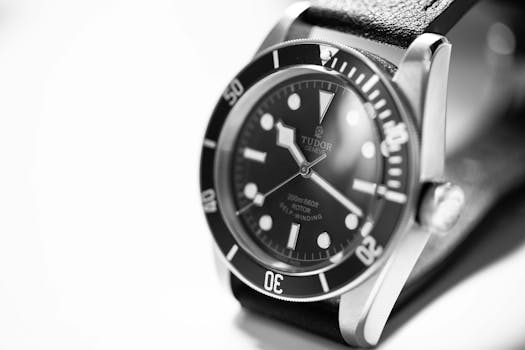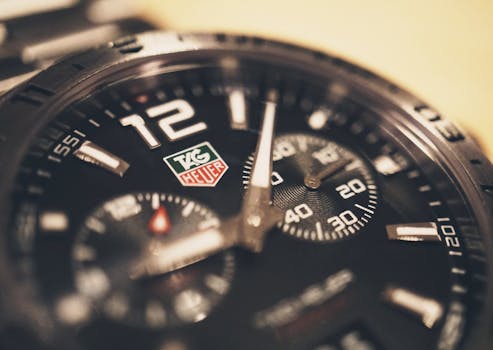
The Art of Elegance: The Role of Design in Luxury Watchmaking
Takeaways: The design of luxury watches is not merely about aesthetics; it serves as a crucial element that reflects craftsmanship, brand identity, and the emotional connection that enthusiasts have with timepieces. The interplay of materials, colors, and innovation transforms a simple watch into a coveted luxury item.
Luxury watchmaking is a captivating blend of art and science, where exquisite craftsmanship meets innovative design. In a world where timepieces serve not only as instruments for telling time but also as symbols of status and sophistication, the role of design becomes paramount. This article delves into the multifaceted aspects of design in luxury watchmaking, illustrating how it shapes the identity of brands and the desirability of their products.
The Significance of Aesthetic Appeal

Luxury watch brands invest heavily in design, collaborating with renowned designers and artists to create distinctive timepieces that stand out in a saturated market. The use of high-quality materials, such as precious metals, gemstones, and innovative alloys, enhances the visual appeal and durability of the watch. Moreover, color palettes are meticulously selected to evoke emotions and resonate with the brand’s narrative.
For instance, brands like Rolex and Patek Philippe have cultivated a timeless aesthetic that embodies classic luxury, often characterized by their understated elegance. On the other hand, brands like Hublot and Richard Mille push the boundaries of design with bold colors and unconventional shapes, attracting a younger, more adventurous clientele. This diversity in design not only caters to different tastes but also elevates the status of the watch as a fashion statement.
Craftsmanship and Technical Mastery
Design in luxury watchmaking goes beyond mere aesthetics; it encompasses the craftsmanship and technical mastery that define a timepiece’s quality. The intricate movements, often visible through transparent cases, showcase the skill of watchmakers who dedicate years to refining their craft. The design of the movement itself—its layout, components, and finishing—plays a vital role in both functionality and visual appeal.
Luxury watches often feature complications, such as chronographs, perpetual calendars, and tourbillons, which require meticulous design and engineering. The placement of these features is not only functional but also aesthetically pleasing. A well-designed dial, for example, harmonizes the function of the watch with its form, ensuring that every element serves a purpose while contributing to the overall beauty of the timepiece.
Moreover, the choice of materials affects the design and durability of luxury watches. High-end brands experiment with innovative materials, such as ceramic, carbon fiber, and titanium, which not only enhance the watch’s performance but also add a unique touch to its design. This commitment to craftsmanship and innovation solidifies the luxury watch’s position as a work of art, making it a coveted item for collectors and enthusiasts alike.
Brand Identity and Storytelling
The design of a luxury watch is an embodiment of the brand’s identity and storytelling. Each timepiece tells a story, whether it’s about the brand’s heritage, the inspiration behind the design, or the craftsmanship involved in its creation. Luxury watch brands leverage design as a tool for storytelling, creating a narrative that resonates with consumers on an emotional level.
For instance, Audemars Piguet’s Royal Oak revolutionized watch design with its octagonal bezel and integrated bracelet, becoming a symbol of luxury sports watches. The design reflects the brand’s commitment to innovation while honoring its roots in traditional watchmaking. Similarly, Omega’s Speedmaster, known for its association with space exploration, combines a timeless design with a rich history, appealing to both watch aficionados and space enthusiasts.
Furthermore, limited editions and collaborations with artists or other luxury brands often result in unique designs that attract collectors. These special pieces not only enhance the brand’s prestige but also create a sense of exclusivity, making the design an integral component of luxury watch marketing strategies.
Conclusion








